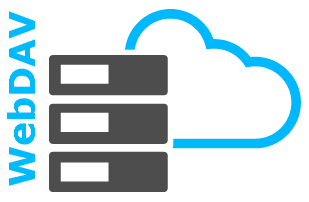
Proxying Youtube Videos Part II
Previous post shows how to extract YouTube video assets using yt-dlp and implement a dynamic reverse proxy. This post details what the format YouTube is using. First we’ll find out what formats YouTube uses to stream high quality videos in a browser. Naive Solution There is an audio html element. We could try to synchronize an audio and a video element. However, it’s easier said than done as we have to consider not only play, pause, seek states, but also video and audio buffering, and it’s very easy to for these two elements to fall out of sync....



